African Marigold Orange Plant
₹572.00 ₹429.00
African marigolds are sure to brighten up a garden space, thanks to their large pom-pom blooms in bright colors. Despite their common name of African marigolds, these plants are actually native to the Americas.
Description
Purchase Description
- African Marigold (Orange) Plant
- Product Material : Natural Plant With Pot , Quantity : 1
- Pot : Height : 5 Inches (13 cm), Pot Colour : Black (Plastic)
- Very easy to maintain and Suitable for gifting to Plant Lovers
Plant Description
Description
Tagetes species vary in size from 0.1 to 2.2 m tall. Most species have pinnate green leaves. Blooms naturally occur in golden, orange, yellow, and white colors, often with maroon highlights. Floral heads are typically (1-) to 4–6 cm diameter, generally with both ray florets and disc florets. In horticulture, they tend to be planted as annuals, although the perennial species are gaining popularity.
Depending on the species, Tagetes species grow well in almost any sort of soil. Most horticultural selections grow best in soil with good drainage, even though some cultivars are known to have good tolerance to drought. The plants will perform well in poor soil as long as there is good moisture. African Marigold care involves deadheading spent blooms to promote new flowers. They have a very long bloom season from late spring through fall in most regions. They burst with color all season long!
These classic annuals are easily grown from seed and are much taller than their cousins, the French marigolds, and have some of the largest blooms of the marigold family.
Colorful Combinations
Marigolds have long been planted as an easy-to-grow annual that requires very little maintenance. Coming in warm colors of creamy white, yellow, orange, and rusty red, African marigolds can add a welcome pop of color all season long. Even without the blooms, they have appealing deep green foliage.
African Marigold Care Must-Knows
Marigolds have been grown for ages, all the way back to the Cherokee tribe and Day of the Dead celebrations in Mexico. Whether it's being used for its ornamental appeal or because it is part of a time-honored tradition, there are so many uses for African marigold.
African marigolds need well-drained soils that won't stay too wet for long periods because most marigolds are susceptible to rot and other soil-born fungal issues. Make sure your plants have a good amount of organic matter, as well. They greatly benefit from regular applications of fertilizer or a single application of a slow-release fertilizer.
Marigolds also perform best in full sun, which will keep tall plants sturdy and help form large, dense, blooms and foliage. In part shade or more, all parts of the plant are more susceptible to fungal diseases, such as powdery mildew. Avoid wetting the foliage, especially later in the day, to help prevent problems with this. Marigolds are also susceptible to spider mites in the dry heat of the summer, so watch for fine webbing and treat with insecticidal soap as needed.
How to Control Powdery Mildew
As marigolds finish blooming, deadheading the plants will encourage them to continue blooming for a longer period of time. Deadheading also helps the plants focus their energy on flower production versus seed production. At the end of the year, if you want to collect seed for next spring, leave some spent blooms and allow them to fully ripen, dry, and drop into the soil to seed. Take note that the seeds will produce plants that are genetically different from the parents, so there may be some variability in flower color and over plant growth.
Disclaimer: The image is for reference purposes only. The actual product may vary in shape or appearance based on climate, age, height, etc.
Only logged in customers who have purchased this product may leave a review.

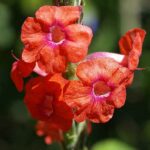

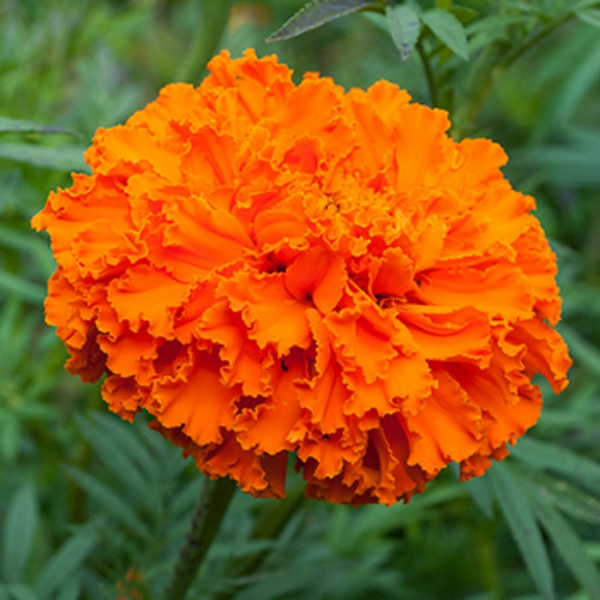

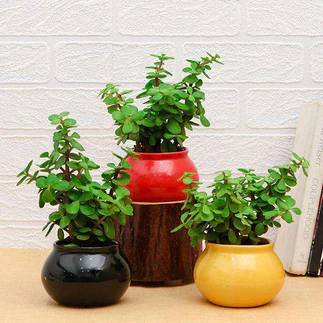
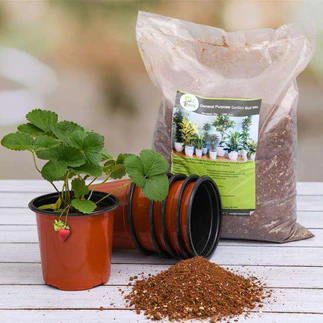
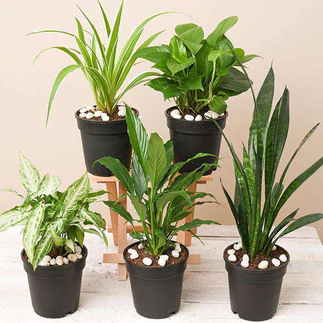
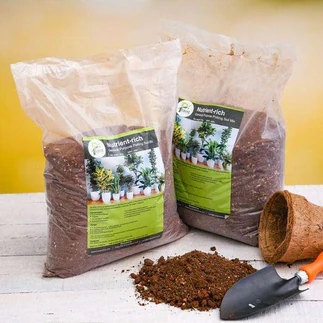


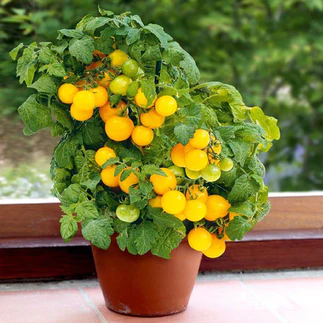
Reviews
There are no reviews yet.